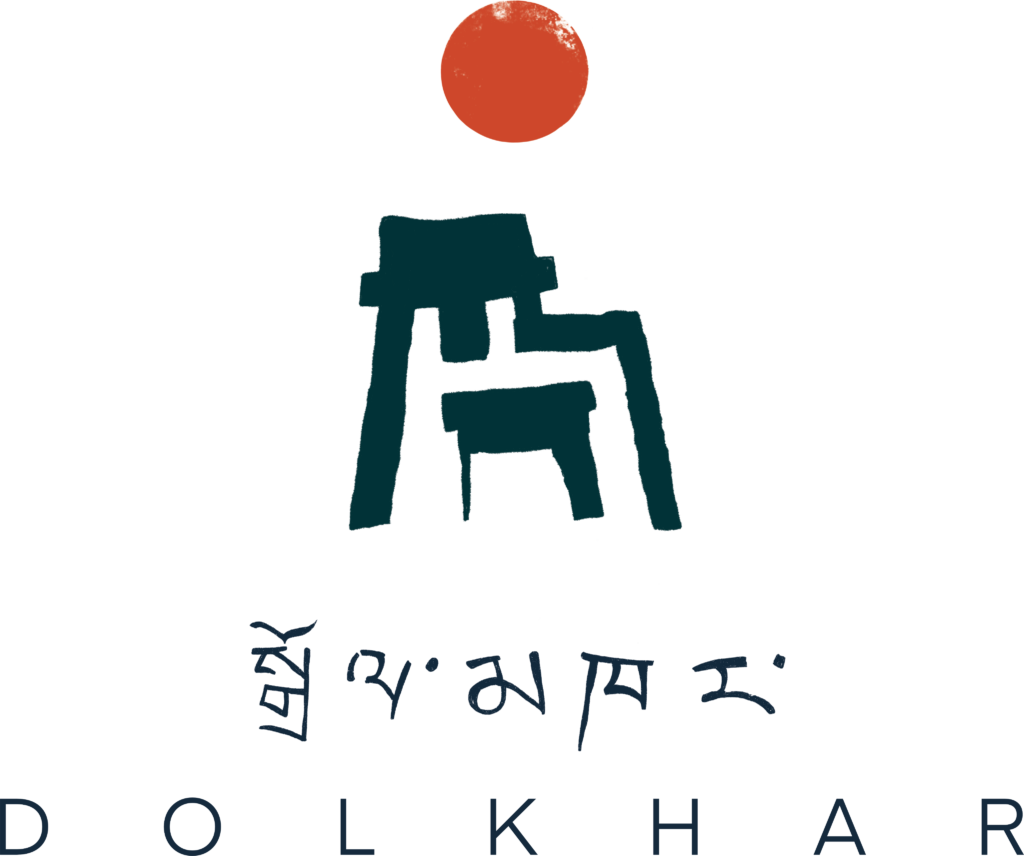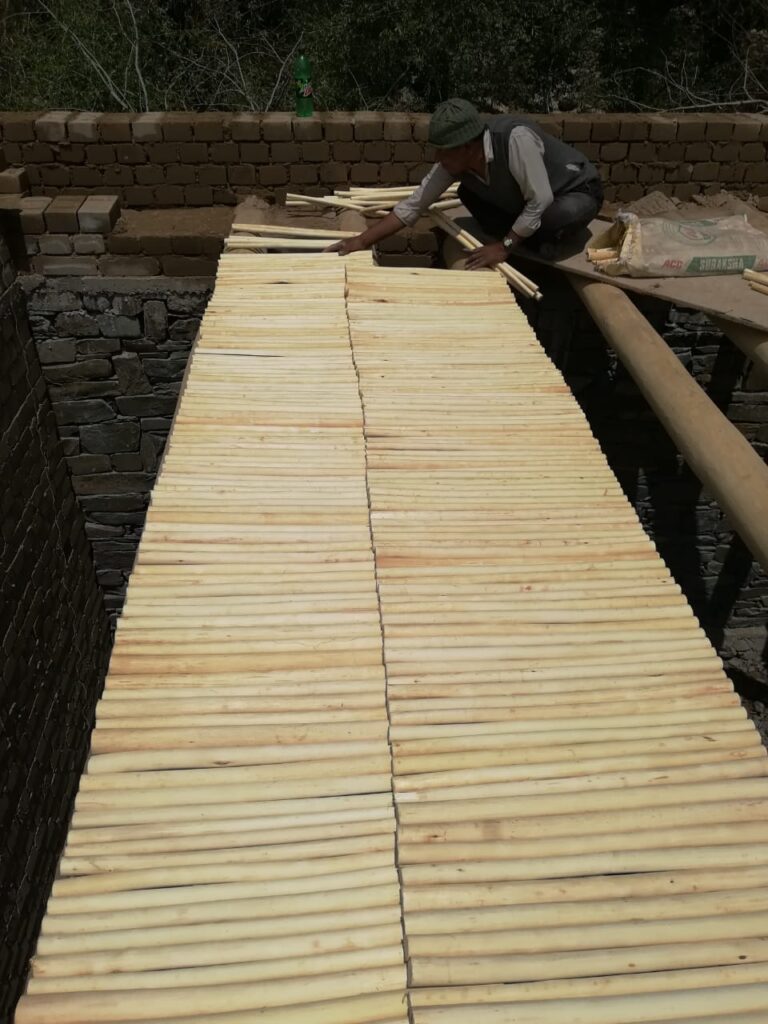It was a mystic night in the village of Thiksay, in 1962. The everlasting silence of nature was suddenly disrupted by a loud siren. This unannounced disruption caused chaos in the neighbourhood and every one was chattering with each other, asking questions. Sonam Dorjey and Mohmad Hassan were young teenagers, their houses were separated by a wall. They both came out of their house holding oil wick lamps. “Che song tok” ( What happened ?)they asked each other. The village messenger boy came out running and announced “India and China have come to a scene of war”. Everyone was shocked and panicking, not knowing what to do, and where to go? They were dismayed by the news. Sonam took a deep breath and stopped. What happened after that Grandpa, asked Stanzin.
It has been 59 years since India-China’s disruption of peaceful trades. Sonam used to accompany his father in trading for business to different places, and before the war, they even used to be engaged in trades across borders. A lot of things changed in Ladakh after the Indo China war. The secluded area of Ladakh seems to have a sudden importance out of nowhere, the airport was having more regular flights, the roads were built at a good speed in the remote villages nearby borders, and finally the babus of Kashmir who were running the administration were slowly being replaced by educated youth of Ladakh. Sonam said “ much has changed since then, I remember how the barter system was one of the major forms of transition. The majority of the population were farmers cultivating wheat and barley for their own necessity and then there were nomads who bred sheeps and domestic cattles. Ladakh is a semi arid region covered by snow capped mountains on all sides. It is blessed with nature’s beauty, which was opened to tourists in 1974. The first batch of 574 tourists bought the opportunity of new employment and a chance to share the indigenious culture of this Hermit Kingdom with the outer world. The Leh city was the centre of trade for far fetched villages, where they traded sacks of salts, wheat, handcrafted baskets(tsepo) for the baked bread or other essentials. Monetary value came into existence as tourism grew. New jobs were created and the perspective of having a modern comfortable life saw the migration of many villagers to the city side. These changes were overwhelming as many people were getting new sources for livelihood but in the run for their need they abandoned their agricultural fields and traditional articraft making practises.
So, there are no more artisans now, Grandpa? Stanzin asked curiously. Haha, Sonam giggled proudly. It is not like everything has vanished due to modernisation. You see, I used to trade with your Great Grandpa when I was 13-14 years old. I learnt the art of business, financial management and sourcing of raw materials at an early age, there were no proper schools, and the fact that I studied till 5th grade is in itself a proud moment for me. Our life was much involved in carrying out the fieldworks and doing the household works. You know my friend Hassan, right ? He was my neighbour, a rebellious boy, who loved crafting things out of wood. We used to work together in fields during cultivation and harvesting.We used to take our crops to the city riding on a donkey cherishing our long endeavour, sharing beautiful stories. He used to take a few of his wooden carvings toys which he made to sell, and surprisingly, he used to get 5 paise for those toys, we used to have momo-thukpa in the city for one paise, it was a lot of fun. Now, he has his own shop in the city side where different artifacts and wood carved ornaments are sold. Moreover, to share his skills with the young youth he has a small academy in his village. So, you see that not everything which we knew of our culture and traditional practices cease to exist.
What about the abandoned land and the overcrowding of the city side, Grandpa ? Well, you are a very intriguing teenager, smiled Sonam. I am not so well educated like you but I have been fortunate to be engaged in tourism and I have learnt to speak in english while being on tour guide duty, and in my spare time I borrowed some books from the tourists and engulfed myself in learning about new places and customs. But to answer your query about:
Overcrowding and abandonment of the city Land; Yes, people moved to the city side in quest to avail better healthcare, good education and to live a comfortable life. This has led to a congested busy life where there is no time for people to be engaged in traditional practices but we can’t blame them. We have seen the benefits of modern lifestyle but the adverse effect of it is also hidden to none. However:
Better connectivity to the rural side from the main administrative area could encourage people to not migrate from villages. Government could provide bus services for the government employees.I could have stayed in contact with many of my friends, sighs Sonam.
Opening of healthcare centres and other essential services in the rural side.
Encouraging rural development initiatives to give employment to youth by increasing funding to handicrafts(karkhana) in each village.
Improving the agricultural based activities by ensuring to buy from the local farmers.
Replacing the city layout plan by renovating the government quarters, defining the commercial and residential area, managing the sewage problem with adequate resources and imposing taxes on unauthorised construction.
I hope our evening storytelling session has given you some light about the wind of changes in our society. You see, the fact your parents came here from the city for the cultivation season is in itself proof that if we manage to devote our time to practices we believe in then there is no wrong in settling anywhere. The old source of entertainment(story telling session) is over and now you can entertain your audience with a tweet, laughed Sonam.


